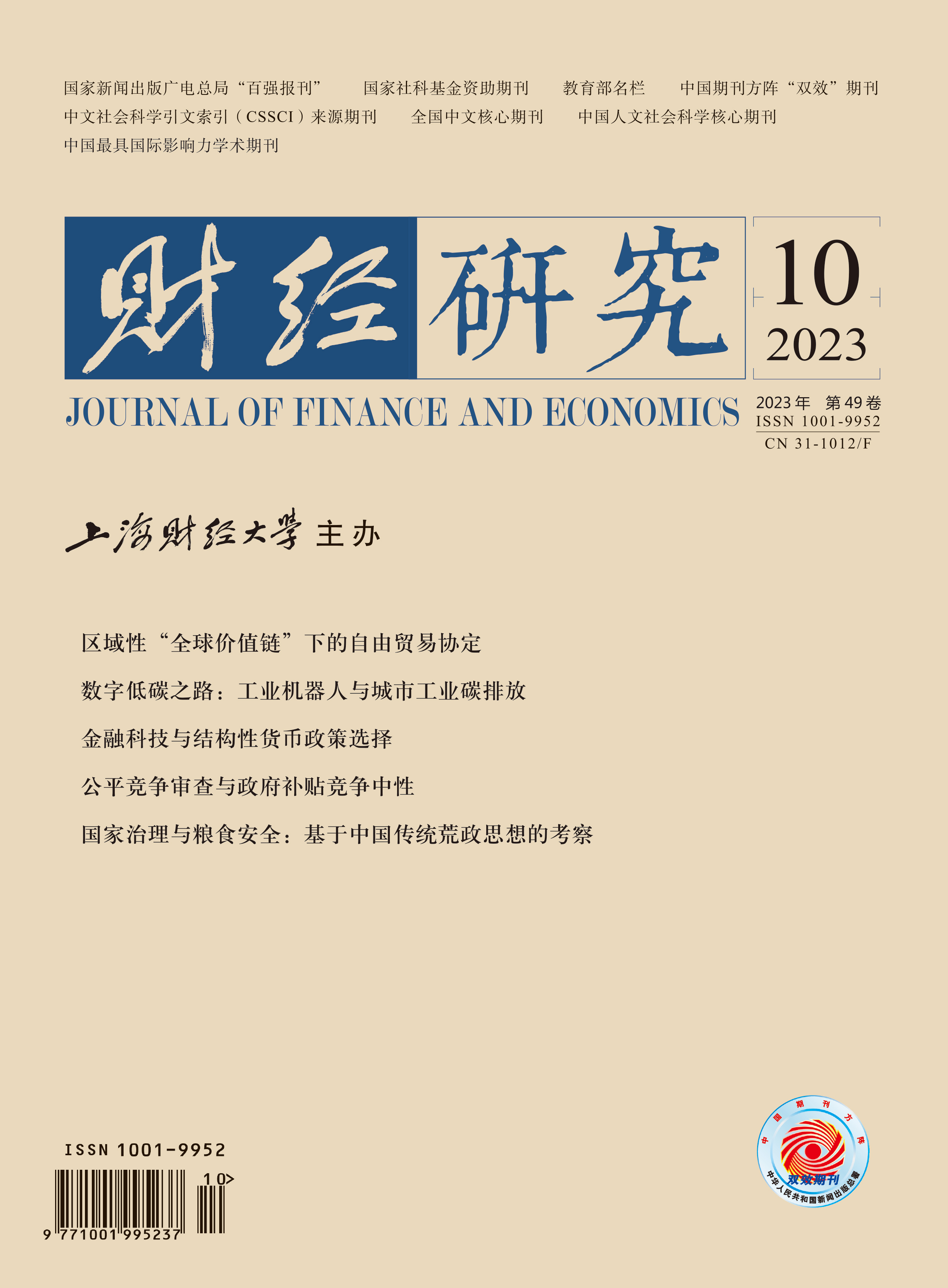China is gradually transforming from a manufacturing power to an industrial power, but it has also caused environmental problems such as high energy consumption and high emissions. The industrial sector has become the main source of carbon emissions. Reducing industrial carbon emissions is a key link in achieving the goals of “carbon peaking” and “carbon neutrality”. With the deep integration and development of artificial intelligence technology and economic society, industrial robots have become an important driving force to promote low-carbon economic transformation and development. The existing research mainly discusses the economic effect of industrial robots from the perspective of labor market, while this paper mainly examines the impact of industrial robots on urban industrial carbon emissions, the mechanism of action, and the boundary conditions for realization.
Firstly, this paper constructs a theoretical model including robots, energy factor input, and environmental factors. Theoretical research shows that industrial robots can reduce urban industrial carbon emissions. Secondly, based on China’s urban panel data, this paper uses a variety of econometric models to find that industrial robots can effectively reduce urban industrial carbon emissions, promote low-carbon economic transformation, and have a long-term impact. Heterogeneity analysis finds that industrial robots can inhibit industrial carbon emissions in non-resource-based cities, cities with a higher digitization level, and eastern and southern cities, but have no significant impact on resource-based cities, cities with a lower digitization level, and cities in central, western and northern regions. The mechanism test shows that green technology innovation and human-machine matching are the mechanism of industrial robots to reduce industrial carbon emissions. Further using the threshold model, it is found that with the increase of the Internet penetration rate, human capital level, and government investment in science and technology, the emission reduction effect of industrial robots shows an increasing trend of “marginal effect”. This means that improving broadband infrastructure construction, improving human capital level, and increasing financial investment in science and technology are the realization paths to promote the emission reduction effect of industrial robots. This paper provides empirical evidence and policy implications for using artificial intelligence technology to promote the goal of low-carbon transformation.





 6078
6078  11140
11140

